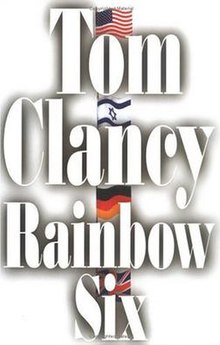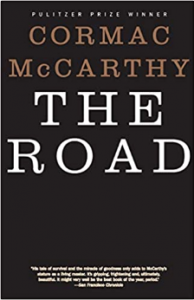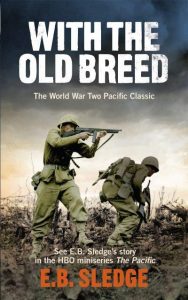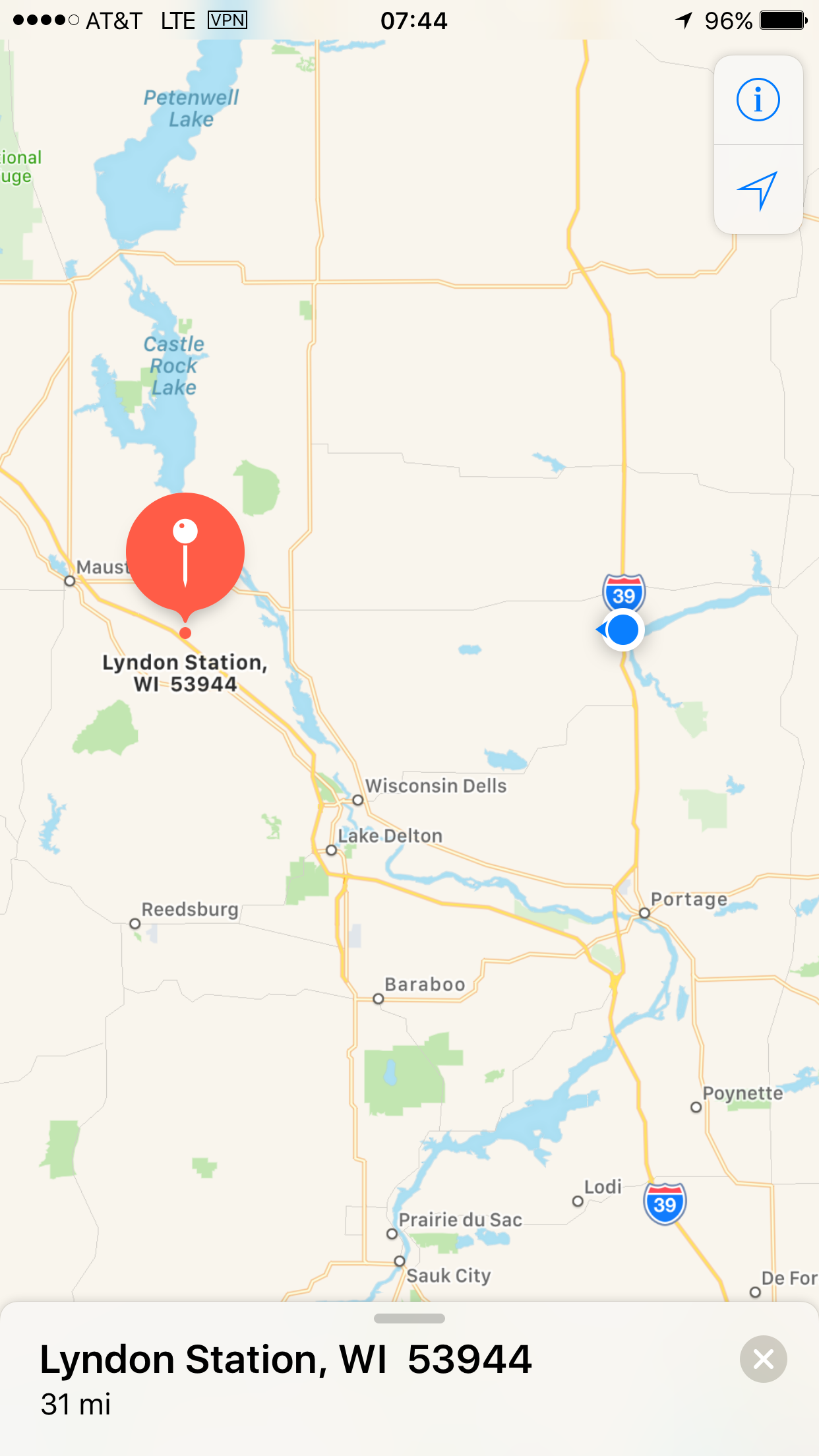 I’ve always been a fan of the Rainbow Six franchise, mostly because it’s an unforgiving tactical shooter, and rather unique as a result. The player can’t absorb bullets, gasp for a bit, and then recover like so many other shooters. Instead, body armor may provide some buffer (in which case there is some pained gasping), but it’s not a guarantee, and errant rounds to the head are always instantly fatal. Perfect planning is no guarantee in the face of random chance, and failures can even be quite humorous.
I’ve always been a fan of the Rainbow Six franchise, mostly because it’s an unforgiving tactical shooter, and rather unique as a result. The player can’t absorb bullets, gasp for a bit, and then recover like so many other shooters. Instead, body armor may provide some buffer (in which case there is some pained gasping), but it’s not a guarantee, and errant rounds to the head are always instantly fatal. Perfect planning is no guarantee in the face of random chance, and failures can even be quite humorous.
But the stories were iffy and unremarkable–and my presumed explanation was that they were an afterthought. I bought the book for a few reasons: 1) Plain curiosity, 2) It had been recommended to me years ago, 3) I had never read a Tom Clancy book before, 4) It would be a completely new genre of reading for me.
The book arrived from Amazon with the unsurprising promo for being a Jack Ryan novel–amusing, since the book never mentioned the character that I recall. But I once bought a recent edition of Asimov’s I, Robot and its cover showed Will Smith with the line “One man saw it coming”–the movie adaptation of which had absolutely no similarity to the novel, so apparently media marketing simply just isn’t concerned with trivialities such as basic relevance. But that wasn’t why I bought either book anyway.
[SPOILERS]
Taking into account the view of terrorism in the 90s, the book begins with a failed airplane hijacking, also serving to provide the exciting hook prologue that so many lengthy novels have, and to set the theme: an international anti-terrorism death squad with multi-national sanctions is born (Rainbow). It has the classic array of black ops obfuscation: hidden funding, highest-level executive support, clandestine to all outside a circle of “need-to-knows”; that sort of thing.
Oh, and it’s naturally comprised of the best of the best. Clancy takes many literary asides to point this out. They are as conditioned as any of the best athletes in the world, extremely experienced, and with no short mention of how many degrees the group possesses. I knew what I was getting into, but it’s the sort of painful eye-rolling right wing propaganda that politicians and recruiters would like us to believe is the standard for any career soldier.
So who, naturally, should turn out to be their ultimate nemesis? Why, environmental terrorists of course–the very embodiment of left-wing extremism, especially in the 90s. Jokes are made about El Niño and the ozone layer, precursor evidence to what we now refer to ubiquitously as climate change. But oh how it was viewed as such nonsense back then! Mere consequences of progress, and a couple degrees of average temperature increase surely didn’t mean anything significant. Oh, and of course the environmentalists are arrogant and unlikable.
Ultimately the environmentalists’ Armageddon plans fail and they flee to Brazil, because you know–rainforests. Ah the holy grail for tree-huggers. Rainbow calls in favors to all manner of intelligence and military personnel, because we know how well they always cooperate, and illegally pursues them (Brazil is not one of the Rainbow-sanctioning countries).
Using fancy tech, Rainbow murders many of them before coercing a surrender, detonates the base of operations, and leaves them stranded in the jungle (can’t extradite during an illegal raid of course). I guess that’s supposed to be poetic justice, but to a rational non far-right citizen, I found it somewhat disconcerting to hear the justification for a police state acting with impunity. (They also strip them naked first. Why do military personnel always use sexual humiliation?) The argument, no doubt, is that some threats supersede our normal judicial processes and need to be countered head-on without the hindrance of red tape, and that most people won’t understand or agree with this need (because they’re not as smart, remember?), and so need to be kept in the dark.
In summary, the story was less than compelling, but the battle scenes were fun. So essentially, the video games are exactly like the original novel.
At least they kept the theme consistent?
–Simon
 It’s February.
It’s February.
 This book has been on my read list for long time. And perhaps due to my old man mannerisms, I finally sat down to read this war memoir.
This book has been on my read list for long time. And perhaps due to my old man mannerisms, I finally sat down to read this war memoir. I’ve always been a fan of the Rainbow Six franchise, mostly because it’s an unforgiving tactical shooter, and rather unique as a result. The player can’t absorb bullets, gasp for a bit, and then recover like so many other shooters. Instead, body armor may provide some buffer (in which case there is some pained gasping), but it’s not a guarantee, and errant rounds to the head are always instantly fatal. Perfect planning is no guarantee in the face of random chance, and failures can even be quite humorous.
I’ve always been a fan of the Rainbow Six franchise, mostly because it’s an unforgiving tactical shooter, and rather unique as a result. The player can’t absorb bullets, gasp for a bit, and then recover like so many other shooters. Instead, body armor may provide some buffer (in which case there is some pained gasping), but it’s not a guarantee, and errant rounds to the head are always instantly fatal. Perfect planning is no guarantee in the face of random chance, and failures can even be quite humorous.
